What is the Best Data Destruction Method?
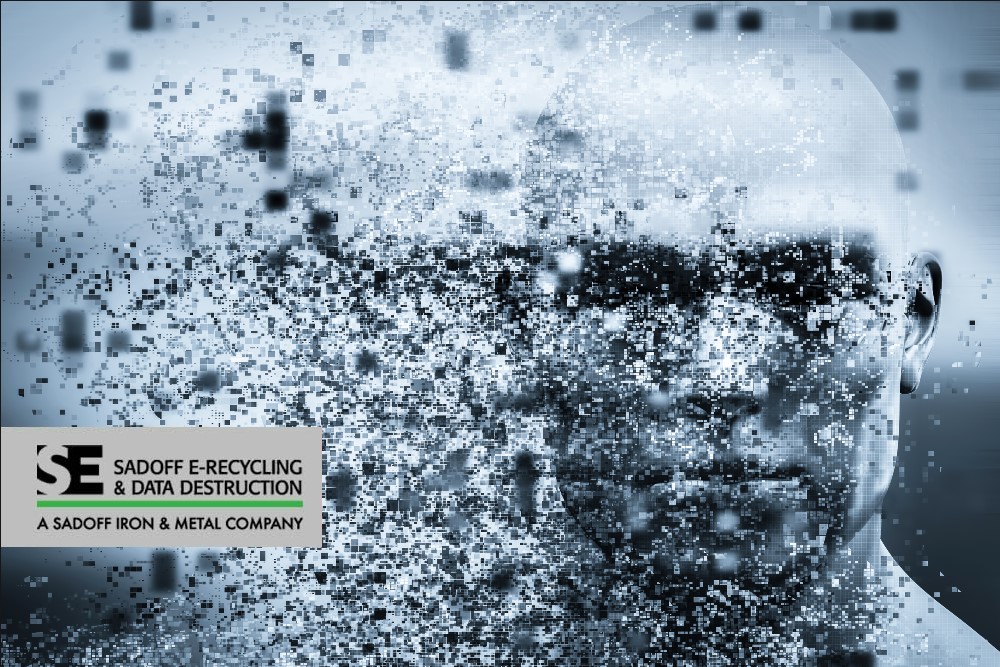 21
21 Feb
The saying “once on the internet, always on the internet” highlights an important truth—data has a way of sticking around. This principle also applies to our physical devices. Simply hitting “delete” on your old computer, phone, or hard drive does next to nothing when it comes to truly destroying sensitive information. So, when your devices face obsolescence or replacement, how do you make absolutely sure your data is gone? The answer lies in choosing the right data destruction method.
Understanding Your Data Destruction Options
Let’s look at the most common methods of data destruction and weigh their strengths and weaknesses:
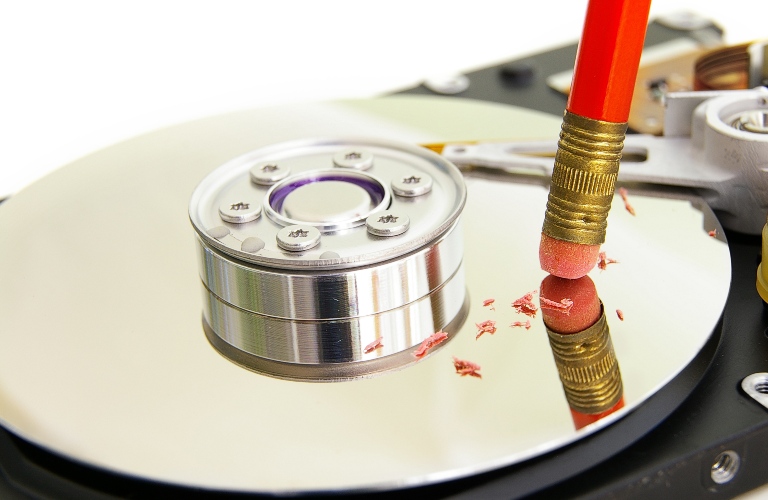 Overwriting—This involves specialized software that repeatedly fills your hard drive with 1s and 0s, obscuring the original data. This method is often cost-effective and can leave the drive functional. However, modern SSDs (solid-state drives) may pose a challenge for reliable overwriting, and DIY attempts with free software require technical knowledge and offer no guarantee of thorough erasure.
Overwriting—This involves specialized software that repeatedly fills your hard drive with 1s and 0s, obscuring the original data. This method is often cost-effective and can leave the drive functional. However, modern SSDs (solid-state drives) may pose a challenge for reliable overwriting, and DIY attempts with free software require technical knowledge and offer no guarantee of thorough erasure.- Degaussing—Degaussing machines disrupt the magnetic structure of traditional hard drives (HDDs) with a powerful magnetic field, rendering data irretrievable. It’s an instantaneous and highly effective process for HDDs, but keep in mind, it doesn’t work on newer SSDs and requires specialized hardware.
- Physical Destruction—This refers to full-on shredding which reduces the drive to tiny fragments. Physical destruction provides undeniable peace of mind and is particularly relevant for highly sensitive data. However, it destroys the storage medium itself, so reuse isn’t possible, and can be a less cost-effective approach for small quantities of devices.
Read More: What is the Best Way for Small Businesses to Destroy Data?
The Risks of Do-It-Yourself Data Destruction
While the appeal of a DIY solution for data destruction is understandable, it comes with a significant set of risks. Free software solutions, reformatting your hard drive, or even simple physical damage may seem like enough, but often prove ineffective.
Without specialized knowledge and tools, you could easily leave recoverable data behind. Additionally, if you attempt physical destruction yourself, you may run into environmental hazards through the handling of potentially toxic materials.
Perhaps most importantly, self-destruction methods don’t come with any documented proof. Lack of proper certification or a detailed paper trail means you are exposed if a data breach occurs even after you thought you disposed of the device responsibly.
Read More: Should You Risk Data Destruction In-house?
Experience the Sadoff Difference
At Sadoff E-Recycling & Data Destruction, we’re the enemies of your old data and advocates for responsible disposal. Here’s how we prioritize your security and environmental stewardship:
- Rigorous Procedures—We use industry-leading techniques to match the sensitivity of your data with the right destruction method.
- Certified Security—Our R2v3 certification showcases our dedication to both security best practices and environmentally responsible recycling.
- Liability Protection—Sadoff contractually owns all liability during the data destruction process. Detailed reporting gives you transparency and peace of mind.
- Nationwide B2B Service—We offer scaled solutions, whether you’re a small business or a large enterprise.
Physical Theft: An Overlooked Cause of Data Breaches
Choose Peace of Mind with Sadoff
Don’t risk your data and your reputation with subpar solutions. Contact Sadoff E-Recycling & Data Destruction when it’s time to upgrade your equipment. Let us handle secure data destruction while maximizing environmentally responsible recycling practices. From everyday IT assets to large-scale data sweeps, we ensure your data’s demise and provide the documentation to prove it.
Categorized in: Data Security



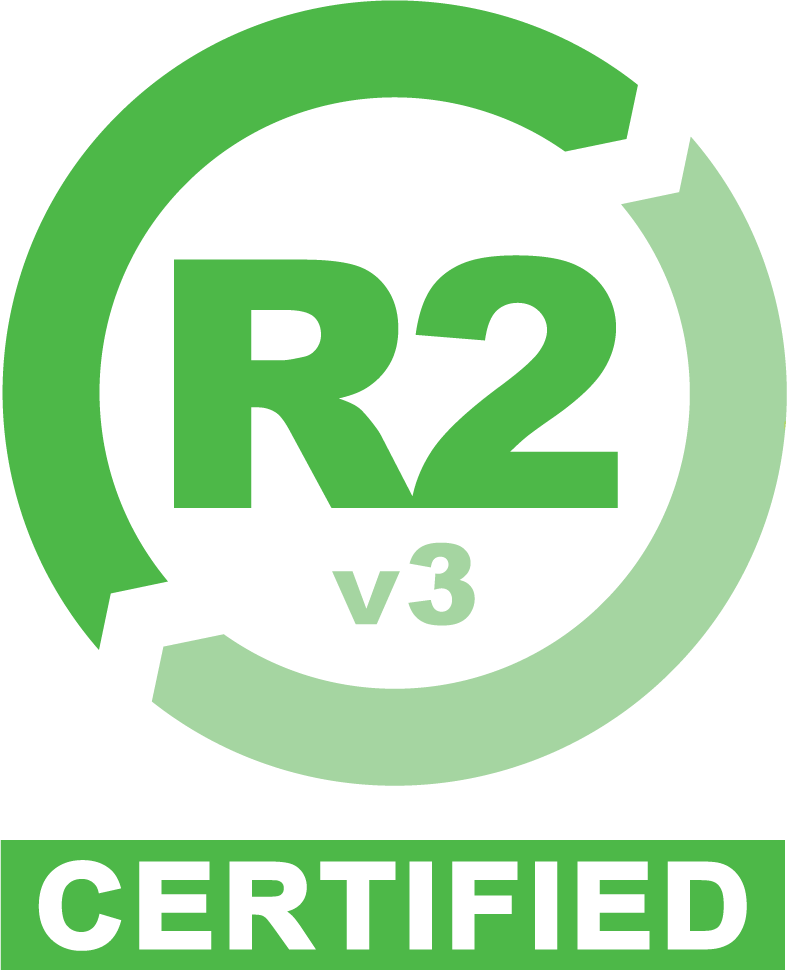
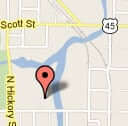 Google map directions
Google map directions
 Google map directions
Google map directions
 Google map directions
Google map directions
 Google map directions
Google map directions
 Google map directions
Google map directions
 Google map directions
Google map directions
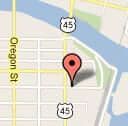 Google map directions
Google map directions